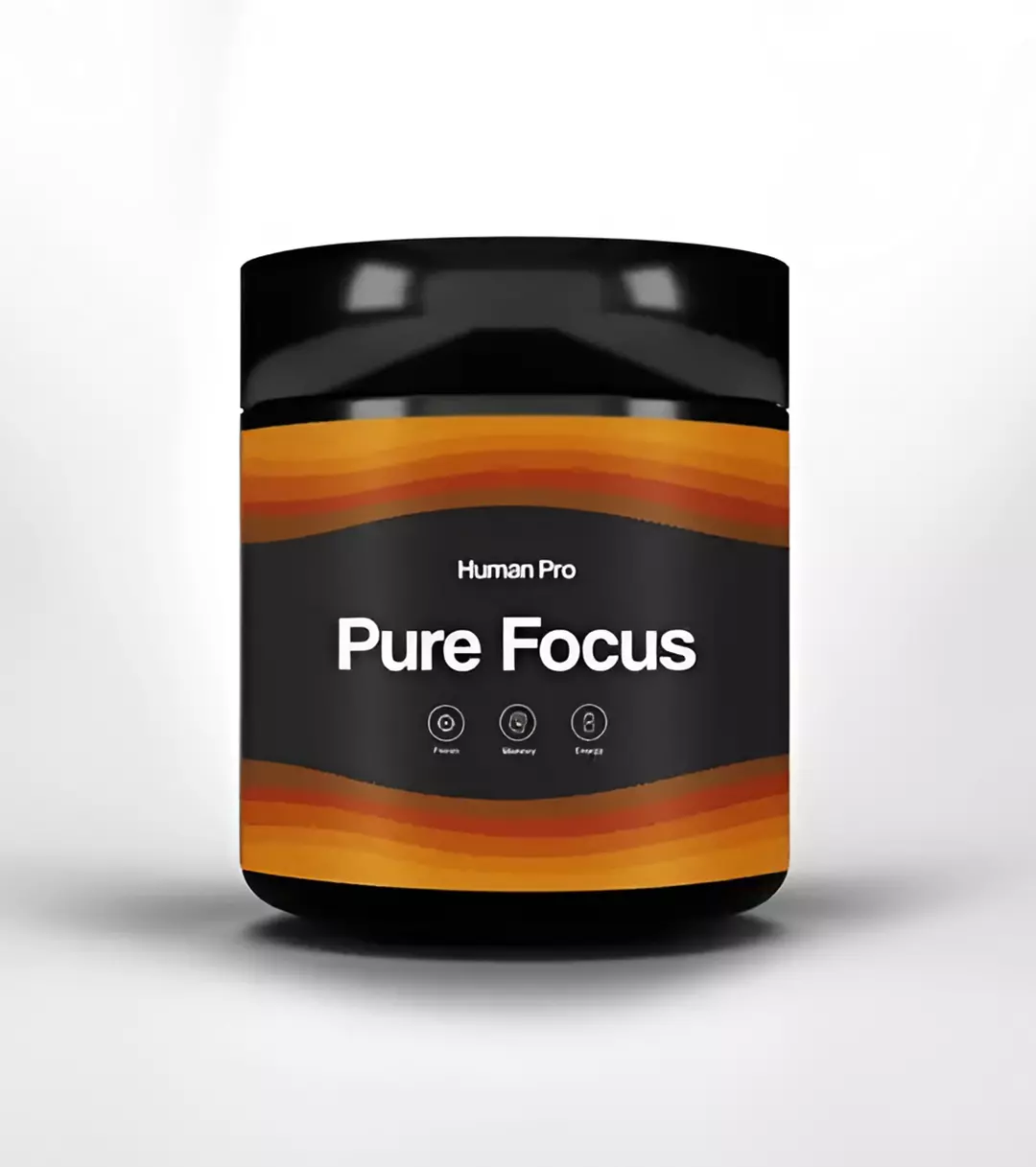Mushrooms and sounds are not two concepts that we typically think of together, right?
The merging of the two already sounds like science fiction, but wait until I explain how intertwined mushrooms and sound are.
So it turns out that not only can mushrooms communicate through sound, but we too can also hear these exchanges.
Like nearly everything regarding mushrooms, the topic is still under exploration, and the evidence is not yet definitive, but the sounds are fascinating to hear.
The notion that the fungal world might possess a form of ‘language’ is a mesmerizing concept that could reshape our understanding of ecosystems and life itself.
The ‘Wood Wide Web’
Long before the internet connected humans, The Wood Wide Web has been connecting all plants and fungi for the last four hundred and fifty million years.
Wikipedia defines it as: “A mycorrhizal network is an underground network found in forests and other plant communities, created by the hyphae of mycorrhizal fungi joining with plant roots. This network connects individual plants.”
This intricate web enables a variety of complex activities to take place, such as allowing fungi to exchange nutrients such as sugar, nitrogen, and phosphorus.
Sharing of resources aside, this mycorrhizal web also enables plants and fungi to send one another warning signals, according to this New Yorker article from 2016.
The Sound Hypothesis
While mycelial networks are well understood as a communication channel, the theory that mushrooms might also use sound waves to communicate is much newer.
Some researchers propose that vibrations or frequency changes within the mycelial network might function as a secondary or even a primary form of interaction among fungi.
The idea suggests that these sounds may help mushrooms adapt to environmental changes, warn each other about dangers, or even ‘coordinate’ the growth and spread of their network.
An article from the Marginalian explains that:
“Some studies have found that high-frequency sounds inhibit spore generation and mycelial growth. Another affirmed the correlation from the other side, finding that low-frequency sound waves stimulate mycelial growth.”
Listen In
Previously, this technology was used on plants but recently a few new tech companies have popped up that allow us to listen in on the activity happening right under our feet.
Shroomer explains this:
“When mushroom or plant music is made, the natural matter is connected via electrodes to a device that can measure galvanic conductance from outside the organism’s skin, similar to how a lie detector works”.
For example, Electricity for Progress and MIDIsprout are both companies that transform biodata into sound.
When it comes to the sound of mushrooms, companies like PlantWave and PLANTchoir convert mycorrhizal network data into musical mushiness.
If you’re on the ‘Gram you can follow @Mycolyco for some fascinating fungi tunes.
Alternatively, ModernBiology on TikTok allows us to listen in on both mushrooms and plants.
Last but not least, if you’re not into social media, have a listen to the sound of Amanita on Spotify below. I think the track called Conifer Tuft is the coolest.
Plantasia – The Musical Throwback Your Plants Are Waiting For
Have you ever considered that perhaps the health and productivity of plants could be affected not only by playing music for them but by what kind of music you played for them?
Cue an album released in 1976 called Plantasia.
This album was created on a Moog synthesizer by Mort Garson and is only available if purchasing a plant at the Mother Earth plant store in Los Angeles, or if purchasing a Simmons mattress from Sears.
How quaint, right?
Well, needless to say, this album did not sell out overnight. Not only was there a purchase of a plant or mattress required, but also this music was not for us humans, but for the plants.
Only in 2019 did the album officially get re-released and is now gaining popularity among us plant parents looking after plant babies.
Okay, I’ve held you in suspense long enough, Have a listen to the Plantasia album here.
Recap
So what have we learned today aside from the fact that plants and mushrooms just keep getting cooler?
We learned that the web under our feet can carry a tune.
We learned about cool new gadgets that help us listen in (great gift ideas too).
Not only that, but we also learned about various genres of music, some musical history, and last but not least, a great trick to keep your plants full of life.
At the very least, we have yet again been reminded that when it comes to mushrooms there is so much we just don’t know.
Is this your first time hearing mushroom music? Do you play music for your plants? If so, have you noticed if they look healthier? Let me know in the comments below.
As always,
Shine bright. Do good. Flow strong.
Asha ✨






0 thoughts on “The Secret Sound of Mushrooms”